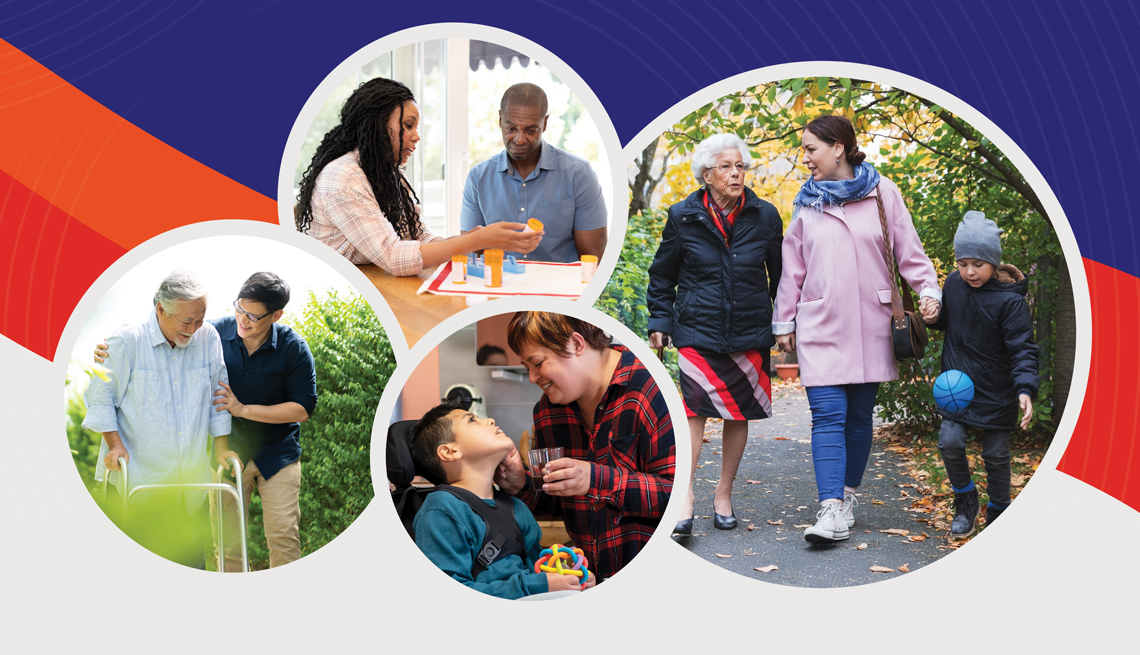The 2025 edition of Caregiving in the US, released by AARP and the National Alliance for Caregiving, reveals a rapidly evolving caregiving landscape that now includes 63 million Americans, a nearly 50% increase since 2015. This surge underscores the growing demand for family caregivers who provide essential support to those with chronic, disabling, or serious health conditions. The report outlines key policy areas, such as financial support, workplace protections, and access to services, offering a roadmap to build a more supportive system for family caregivers, who form the backbone of long-term care in the US. Read the Full Report
Key Findings:
Demographics: One in every four adults is a caregiver. Of these, 94% care for adults, and one in three is under age 50. Caregivers are increasingly diverse across race, income, and generation. 29% are sandwich generation caregivers, supporting both children and adults.
Intensity and Complexity: Over 40% of caregivers now provide high-intensity care. Many perform complex medical tasks like administering injections or managing equipment, yet only 22% receive training.
Health and Financial Strain: One in five caregivers report poor health; a quarter are taking on debt due to caregiving. Half report negative financial impact due to caregiving, and one in five cannot afford basic needs like food.
Workplace Impact: Seven in ten family caregivers are employed, but many face disruptions and lack access to supportive benefits, especially the 18 million hourly wage workers.
Paid Caregivers: For the first time, the report includes 11 million caregivers who receive some compensation through Medicaid, VA, or other state programs. These caregivers are more likely to be younger, lower-income, and from diverse backgrounds.
Explore the full report to learn more about what is needed to recognize, support, train and compensate the nation’s 63 million family caregivers.
